Made to Match: Bone Marrow Donations Demystified
Caitlin Emma, a college student who donated bone marrow to a child in need, explains the process from the other end of the needle.
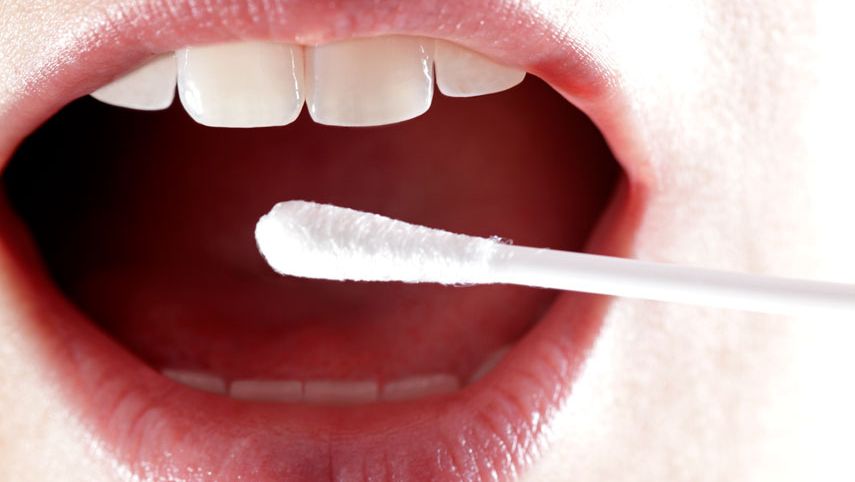
As an indvertent bone marrow donor, I saved a child's life, and you can, too. Six out of 10 leukemia patients do not get the transplant they need — even though donating bone marrow is much simpler than it sounds. The procedure is misunderstood — I'm always explaining that no one hacked into my bones. It was really quite easy, considering the reward. Here's how it went down:
Background: In March 2008, my freshman spring, I was covering a campus bone marrow drive for the school paper when one of the volunteers wrangled me into registering. Before I knew it, I was jotting down my info and having the inside of my cheek swabbed with a Q-tip. "You'll probably never be contacted, but it's a great thing to do," the volunteer said.
Duty Calls: Two years later, I was at my parents' when my phone rang. It was a woman from DKMS, a bone marrow donation organization. "Did you get our package?" she asked. My mom handed me some mail, including a packet explaining that I was a potential match for a transplant patient, an 8-year-old girl with leukemia. "I'll call you back," I said, absorbing the commitment. First, I'd be screened to confirm the genetic match; I'd need injections of filgrastim, a drug that bumps up the white blood cell counts of chemo recipients; and I'd have to swear off alcohol and aspirin (a blood thinner) — both college staples — for two weeks. Then I'd spend a day in the hospital hooked up to a machine to filter out my blood stem cells. Needles make me queasy, but helping this little girl was the obvious choice. I called DKMS: I was in. The woman explained that the patient's insurance covered all my medical expenses. Then she gave me a warning: Once I committed to this, the girl would have chemotherapy to destroy her immune system and prevent her body from rejecting my cells. If I changed my mind, she could die. This was starting to feel real.
It's On: In December, a blood test confirmed that I was a match. In January, I got an EKG, a chest X-ray, and a blood workup at Boston's Dana-Farber Cancer Institute, and the donation was set for February 10. The only thing that gave me pause was the filgrastim. No long-term safety studies existed on the drug's use in healthy donors, which unnerved me. But cancer patients and donors had taken it for years; how risky could it be? For the five mornings before the donation, a nurse came to my apartment to inject the drug into my arm. From the day after the first shot till the day after my donation, side effects — headaches and bone pain — plagued me, but I knew it was nothing compared with my patient's ordeal.
D-Day: The morning of the procedure, my mother, my boyfriend, Drew, and I drove to the hospital. I had a final filgrastim shot and climbed into a bed, my left arm connected with an IV to an apheresis machine, which would filter out my stem cells. My right hand was connected to another IV. Over the next six and a half hours, my blood circulated through the machine three times, my stem cells collecting in a bag. The soupy white liquid was unrecognizable, but I liked watching it fill up. I wrote a letter to my patient, joking in the note about the early Valentine I was sending her, to keep myself from crying.
At 3:30 p.m., they unhooked me. I was dizzy, but napped in the car; and by dinnertime, I felt normal. The next day, I got a call: The transfer had gone smoothly. I was thrilled that my cells had found my patient. And this past May, I finally got to meet her at her home in Indiana. It was a powerful experience — and I'd recommend it to anyone.
HOW YOU CAN HELP
The fastest way to get involved is to become part of the bone marrow registry: More donors mean more chances to save a life. Go to getswabbed.org to sign up, and DKMS will mail you a DIY cheek swab kit that you can send back to its lab for tissue typing. And starting this month, pick up a bottle of OPI I Love DKMS Nail Lacquer; $20,000 of proceeds from sales will be donated to DKMS.
Stay In The Know
Get exclusive access to fashion and beauty trends, hot-off-the-press celebrity news, and more.
-
 Ayo Edebiri Has Spoken: Spring Pastels Are Officially Cancelled
Ayo Edebiri Has Spoken: Spring Pastels Are Officially CancelledRed, white, and blue work when she wears them.
By Kelsey Stiegman Published
-
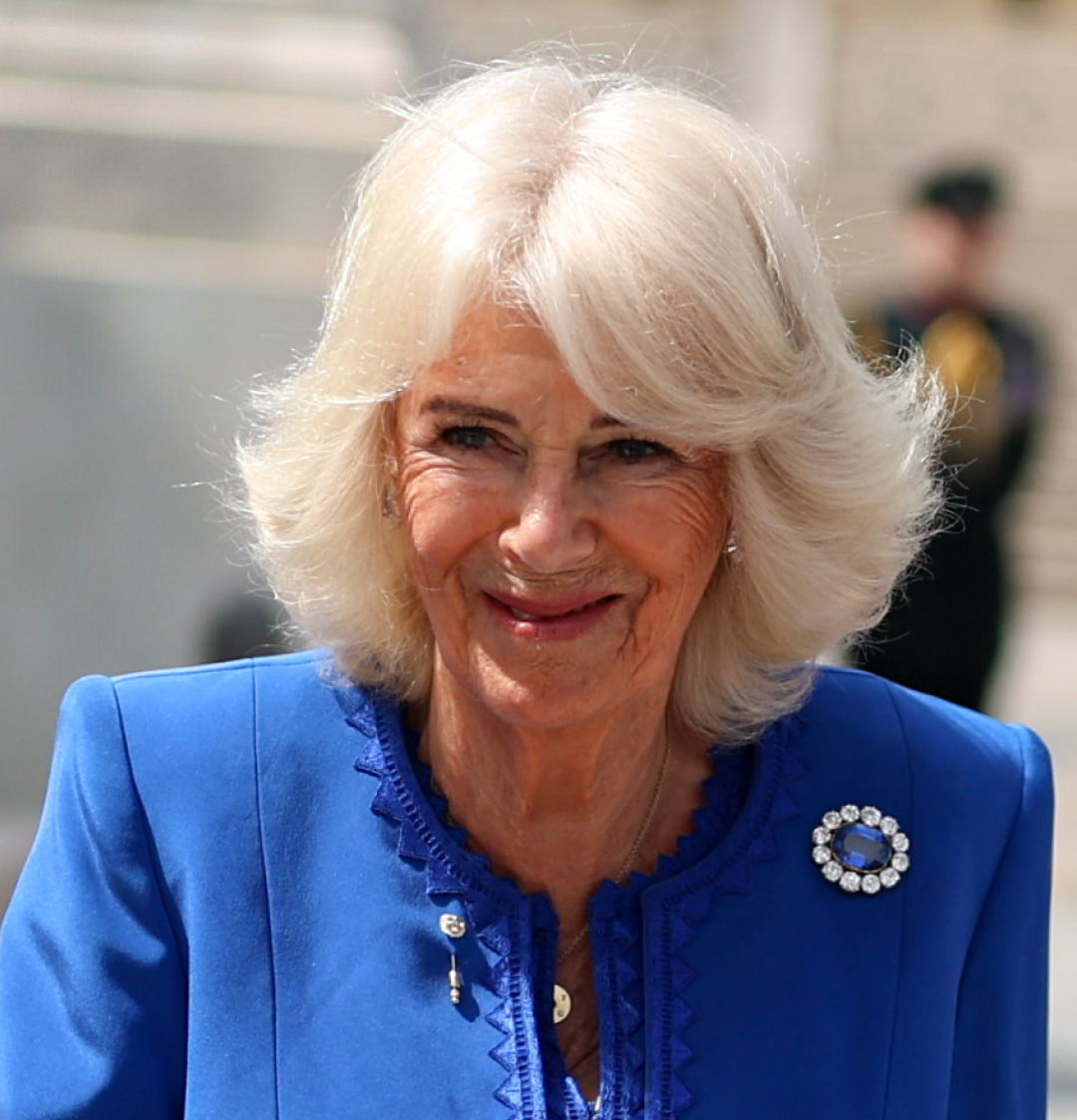 Queen Camilla Dazzles in a $10 Million Brooch With Ties to Queen Victoria and Princess Diana
Queen Camilla Dazzles in a $10 Million Brooch With Ties to Queen Victoria and Princess DianaThe Queen looked regal in blue during a state visit to Italy with King Charles.
By Kristin Contino Published
-
 James Middleton Admits His Son "Spent the First Year of His Life Thinking He was a Dog"
James Middleton Admits His Son "Spent the First Year of His Life Thinking He was a Dog""He'd crawl around on all fours, which was entertaining to watch."
By Kristin Contino Published
-
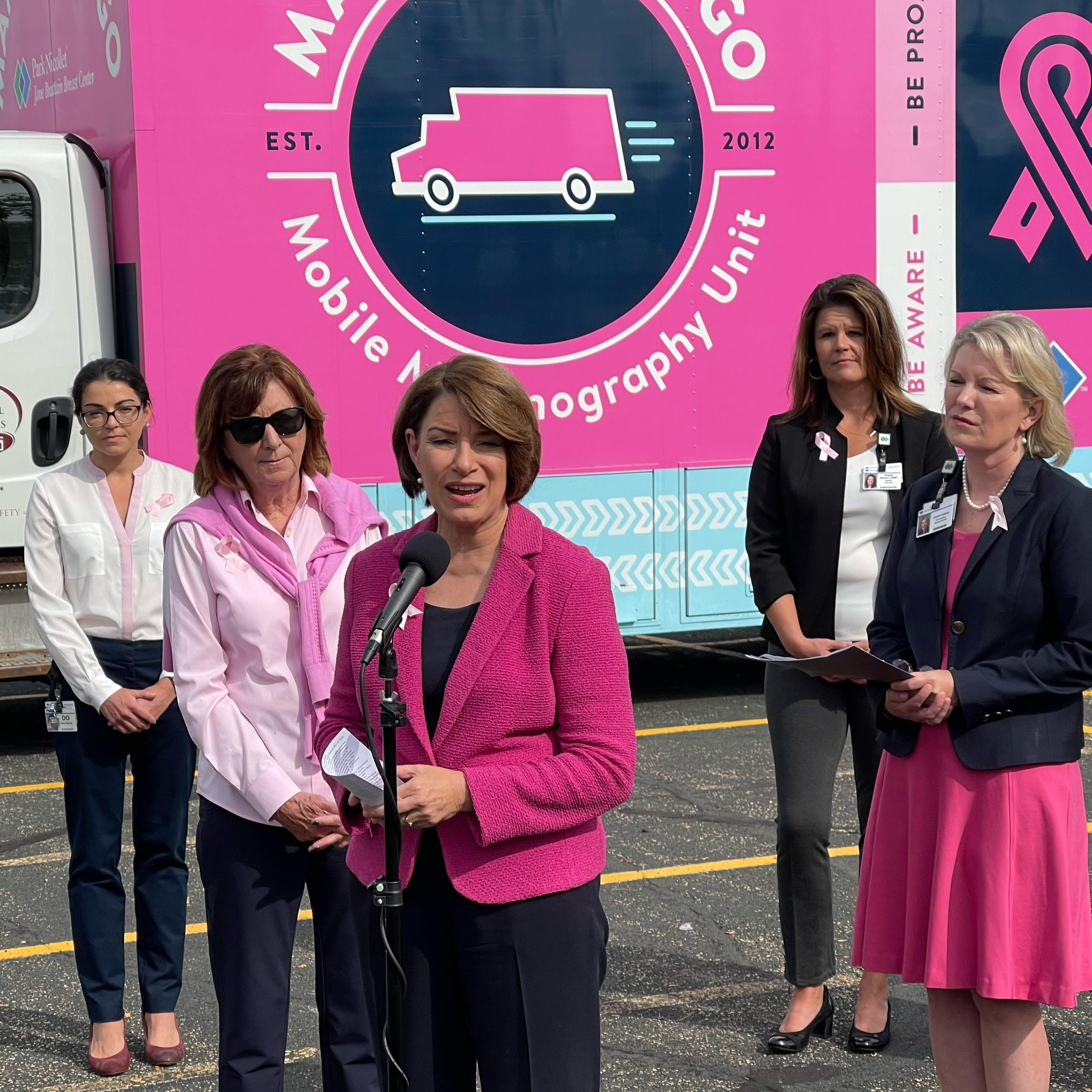 Senator Klobuchar: "Early Detection Saves Lives. It Saved Mine"
Senator Klobuchar: "Early Detection Saves Lives. It Saved Mine"Senator and breast cancer survivor Amy Klobuchar is encouraging women not to put off preventative care any longer.
By Senator Amy Klobuchar Published
-
 I'm an Egg Donor. Why Was It So Difficult for Me to Tell People That?
I'm an Egg Donor. Why Was It So Difficult for Me to Tell People That?Much like abortion, surrogacy, and IVF, becoming an egg donor was a reproductive choice that felt unfit for society’s standards of womanhood.
By Lauryn Chamberlain Published
-
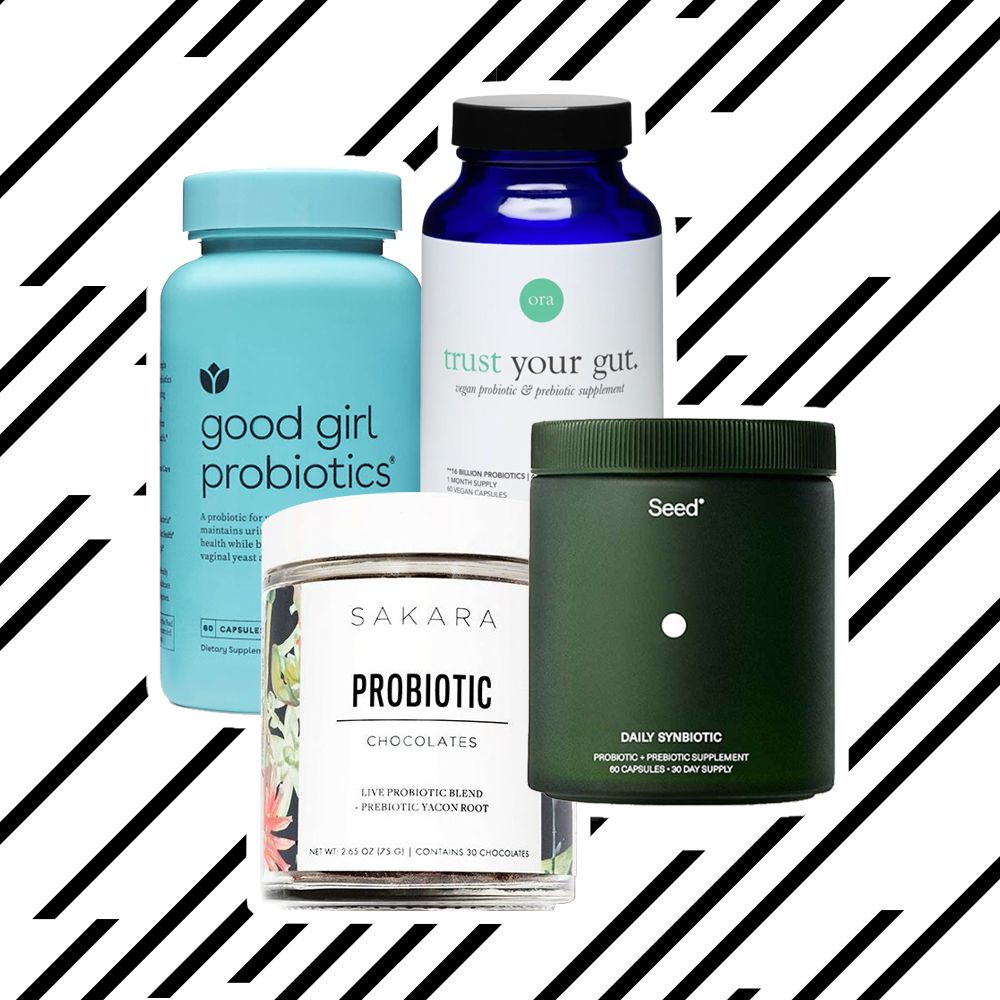 The 20 Best Probiotics to Keep Your Gut in Check
The 20 Best Probiotics to Keep Your Gut in CheckGut health = wealth.
By Julia Marzovilla Published
-
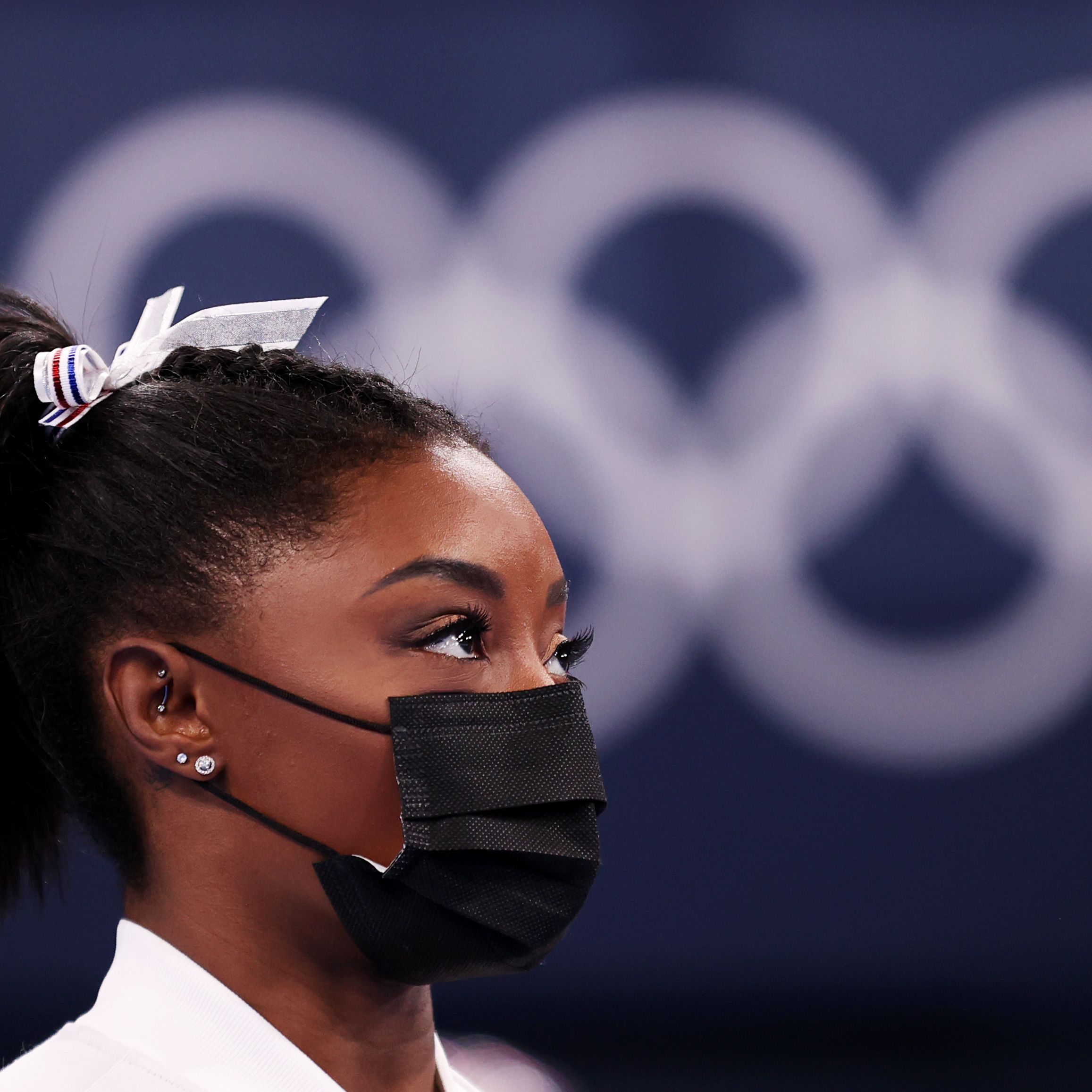 Simone Biles Is Out of the Team Final at the Tokyo Olympics
Simone Biles Is Out of the Team Final at the Tokyo OlympicsShe withdrew from the event due to a medical issue, according to USA Gymnastics.
By Rachel Epstein Published
-
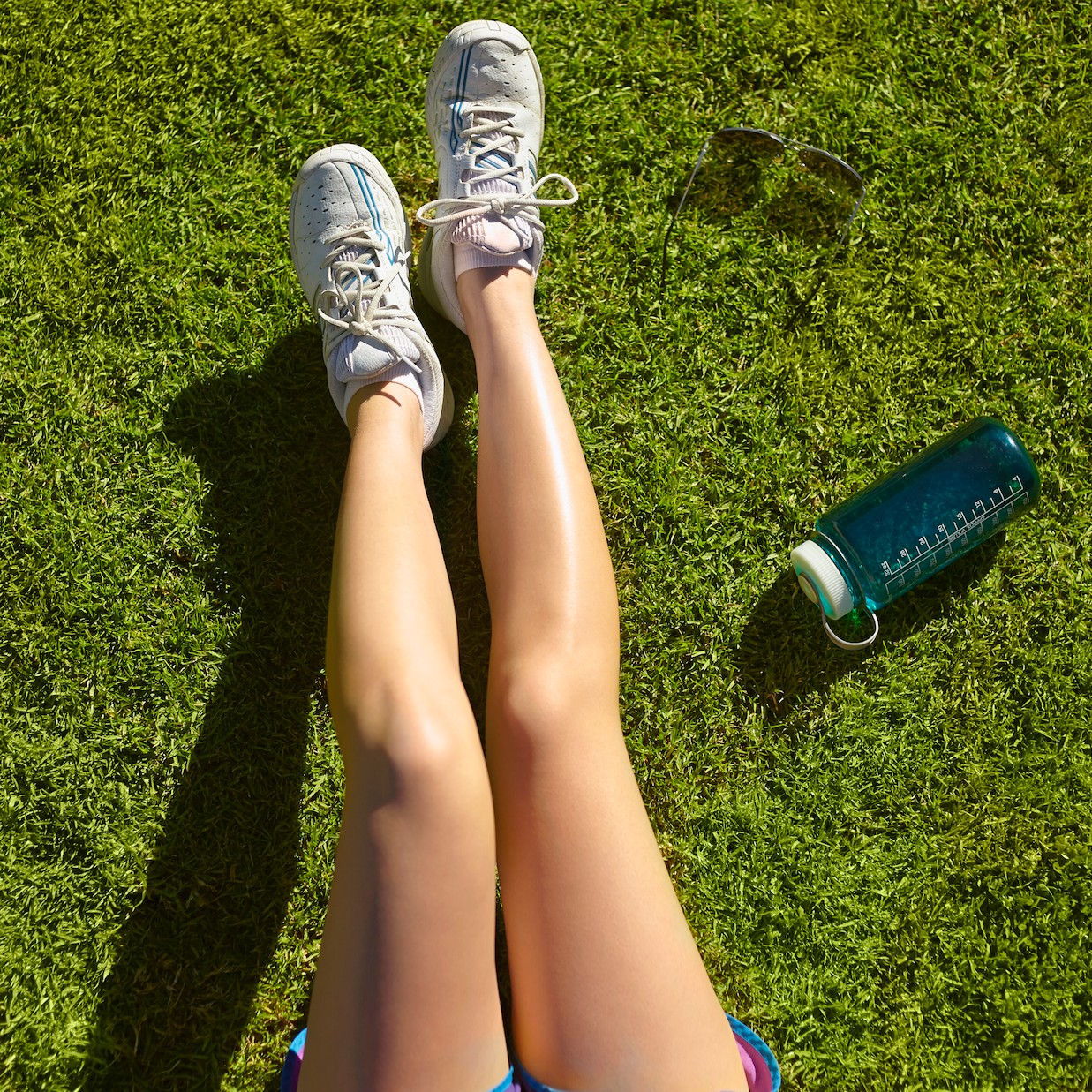 The Truth About Thigh Gaps
The Truth About Thigh GapsWe're going to need you to stop right there.
By Kenny Thapoung Published
-
 The High Price of Living With Chronic Pain
The High Price of Living With Chronic PainThree women open up about how their conditions impact their bodies—and their wallets.
By Alice Oglethorpe Published
-
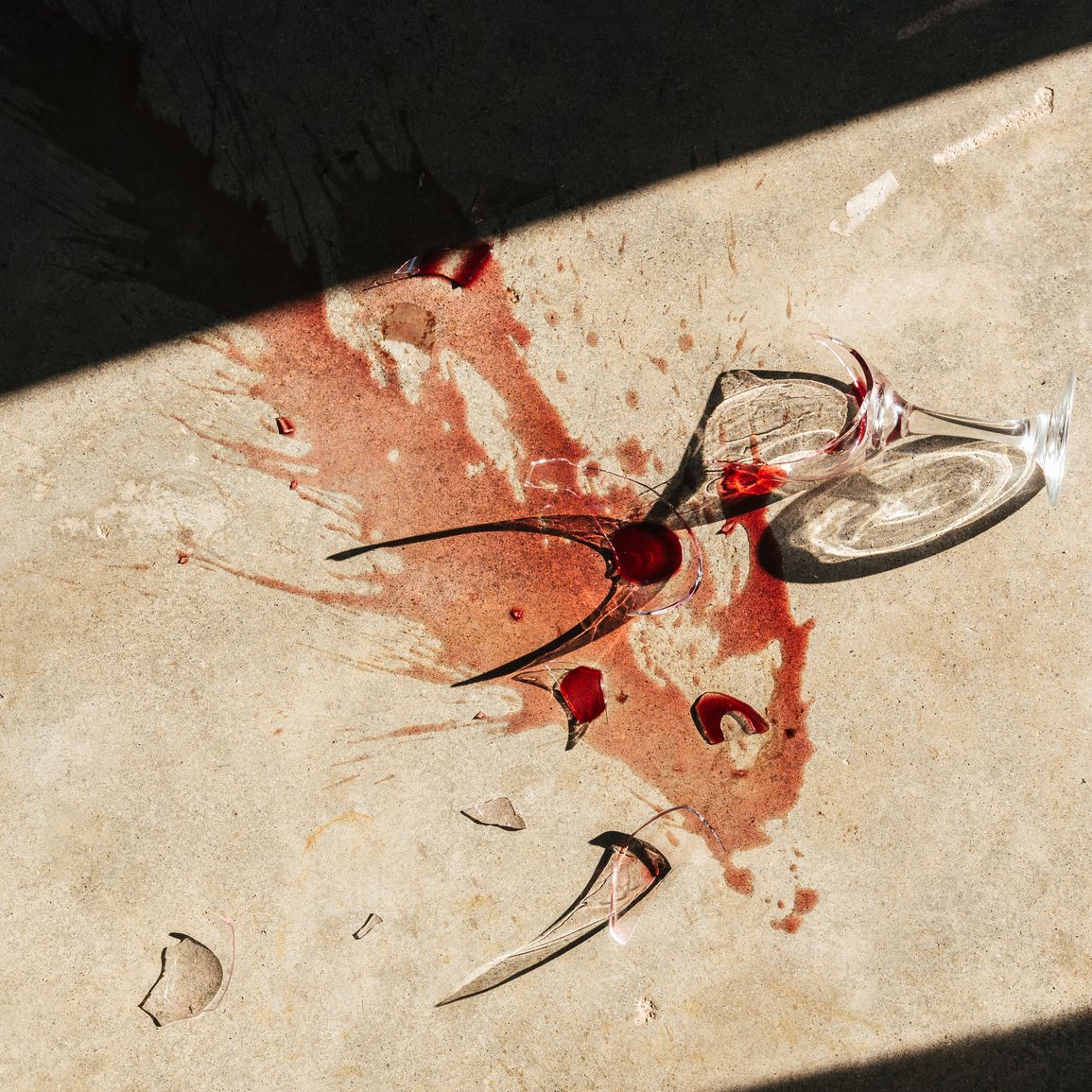 I Used to Imagine Murdering the Men I Dated
I Used to Imagine Murdering the Men I DatedFalling in love helped me finally figure out why.
By Jessica Amento Published
-
 60 Workout Apps for Women Who Want Results (Without a Gym Membership)
60 Workout Apps for Women Who Want Results (Without a Gym Membership)Buying Guide Easy fitness plans you can follow without fear of judgment.
By Bianca Rodriguez Published